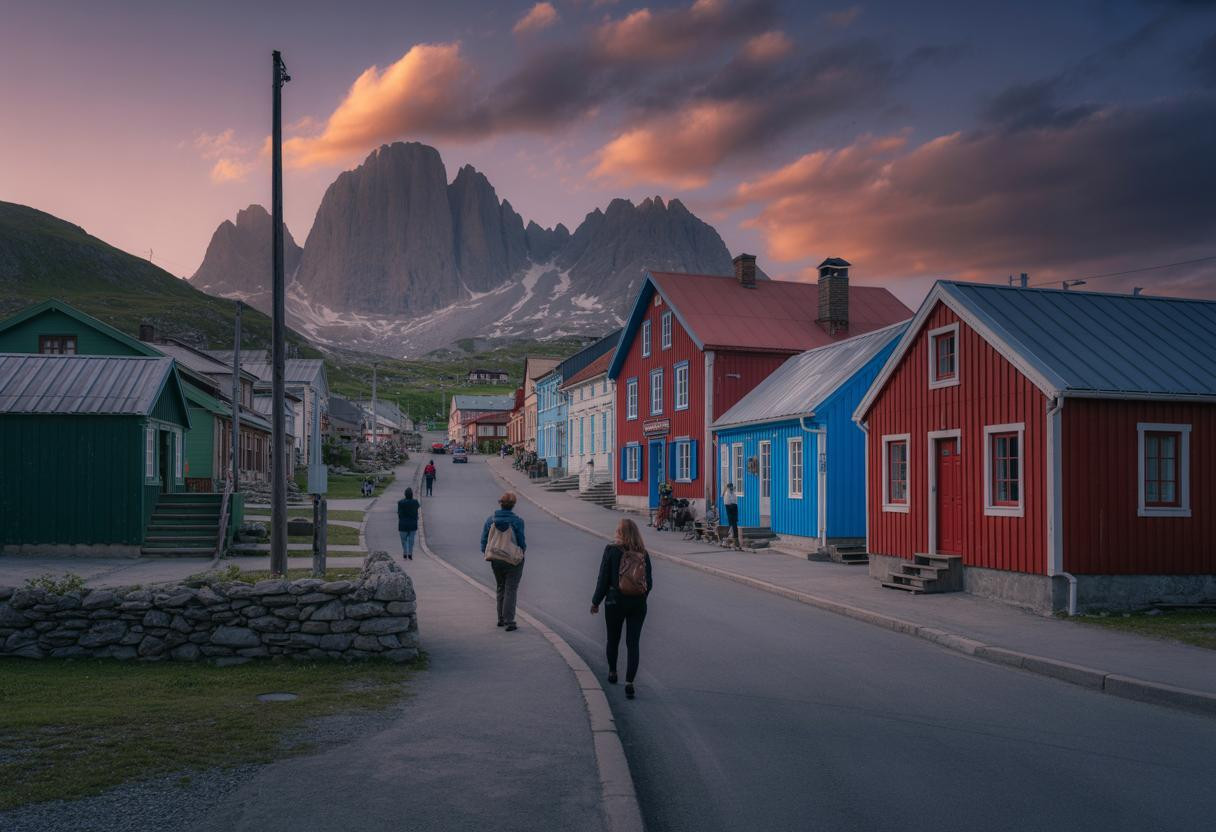Helen, Georgia’s remarkable transformation from a dying sawmill town to a thriving $100 million annual tourism destination reveals surprising truths about economic reinvention that challenge everything we think we know about authenticity in community development. This small mountain town’s bold gamble on Bavarian theming offers crucial insights for struggling rural communities worldwide.
The economic miracle hidden in Bavaria’s mountains
Before 1969, Helen faced complete economic collapse. The sawmill industry had vanished, gold mining was history, and the town was practically deserted. Today, this 600-resident community welcomes 3 million visitors annually, generating substantial revenue that saved an entire region from abandonment.
The transformation wasn’t gradual—it was revolutionary. Local leaders and artist John Kollock reimagined Helen as a Bavarian village, complete with cobblestone streets, gingerbread-trimmed buildings, and authentic German festivals. The psychological appeal of this creating more personal and authentic spaces proved irresistible to visitors seeking European charm without overseas travel.
What makes Helen’s success particularly striking is how it demonstrates that constructed authenticity can outperform historical accuracy in tourism markets. The town has no German heritage whatsoever, yet its fabricated Bavarian identity generates more economic impact than many historically authentic destinations.
Why fake authenticity succeeds where real heritage fails
The psychology of escapist tourism
Helen’s success reveals a counterintuitive truth: tourists often prefer idealized fantasy over complicated reality. The town’s carefully crafted Bavarian atmosphere offers visitors a sanitized, accessible version of European culture that feels both exotic and familiar.
This approach mirrors how balancing bold choices with tasteful execution creates lasting appeal. Helen’s transformation was dramatic but thoughtfully implemented, avoiding the garish excess that dooms many themed destinations.
The power of consistent theming
Helen’s breakthrough came from total commitment to the concept. Every building, street, and business embraced the Bavarian theme, creating an immersive experience that justifies the journey. This comprehensive approach demonstrates how strategic use of standout elements can transform an entire community’s identity.
The town’s two-month Oktoberfest celebration runs from September through October, extending far beyond traditional festival timeframes to maximize seasonal revenue. This extended approach shows how communities can stretch peak tourism periods through strategic programming.
The hidden costs of thematic transformation
Helen’s success story contains warning signs for other communities. The transformation created “cultural amnesia” that erased the town’s Indigenous Cherokee heritage and Appalachian lumber history. The Nacoochee Mound, an ancient Native American burial site, now coexists uncomfortably with Bavarian architecture.
Population demographics reveal additional concerns. Helen’s 19.78% population increase since 2020 suggests gentrification pressures, while the median age of 63.2 indicates potential labor shortages. These demographic shifts raise questions about whether original residents benefit from or are displaced by tourism success.
Environmental sustainability poses another challenge. Three million annual visitors strain local infrastructure, though specific data on environmental health concerns affecting communities remains limited in available research.
Replicating Helen’s model in other communities
Helen’s transformation offers a replicable framework for rural economic development, but success requires specific conditions. Natural assets like the Chattahoochee River and mountain scenery provided the perfect backdrop for Alpine theming.
Community consensus proved crucial. Helen’s residents embraced the dramatic identity shift because economic survival depended on it. This grassroots buy-in enabled the comprehensive transformation necessary for authentic-feeling themed environments.
Modern communities attempting similar transformations should consider timeless design principles that endure rather than chasing temporary trends. Helen’s Bavarian theme has proven remarkably durable across five decades.
What Helen’s success teaches struggling communities
Helen’s transformation demonstrates that bold reinvention can save dying communities, but the model requires careful consideration of cultural, environmental, and social costs. The town’s $100 million annual tourism economy proves that strategic theming can generate substantial economic impact, but communities must weigh financial benefits against potential cultural erasure and environmental strain.
